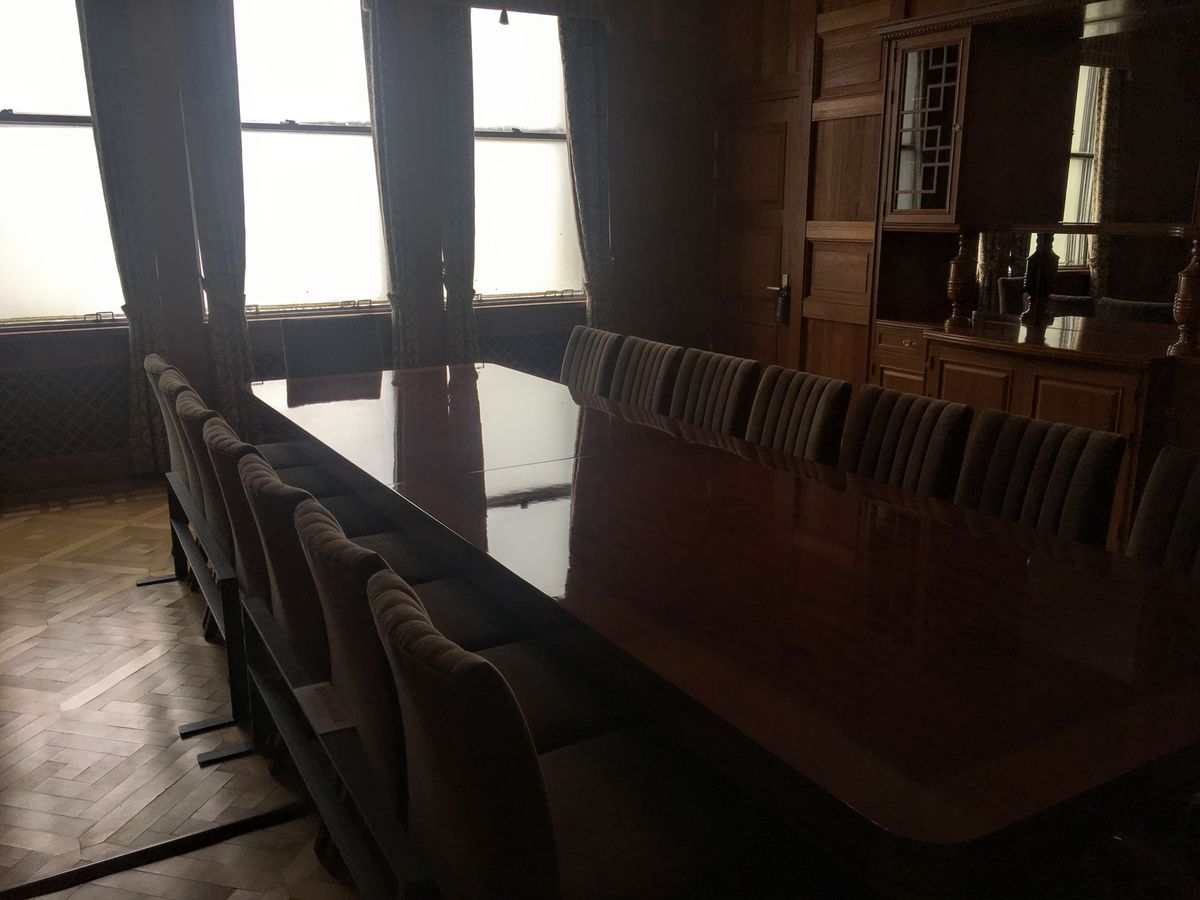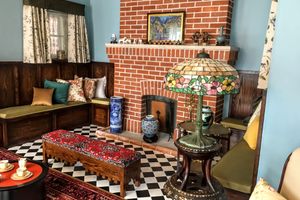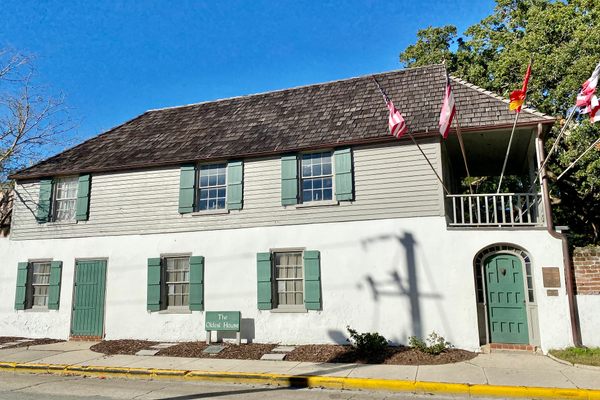About
In Seoul’s historic Jongno district, a building with an elegant cream-colored front and a portico is nestled within a block patched with various medical facilities. Low-slung at a modest two stories, it has the qualities of an ornately crafted shoebox and is immediately distinguishable from the surrounding blocks of grey. The building, constructed in 1938, was first inhabited by a Korean mining mogul, who was a mercenary timeserver. In 1945, upon Korea’s liberation from the Japanese Colonial Empire, he donated it to state dignitaries to launder his pro-Japanese business records. The building’s original name was retired to further sever its Japanese roots and replaced with a stately, trisyllabic name of Gyeonggyojang.
Then a government-in-exile, the Korean Provisional Government had caught wind of Japanese surrender and returned from Shanghai to set up an interim government. Gyeonggyojang became its headquarters. On the first floor, officials convened to oppose the four-power trusteeship of Korea and discuss the future reunification of the newly bifurcated country. In addition to the drawing room, foyer, center hall, and sunroom, there is a chandeliered and richly paneled dining room, next to which a dumbwaiter is installed to hoist meals from the basement kitchen. Most furnishings were provided by the previous owner when he donated his estate, though he and his hangers-on continued to poke in afterward to grouse about the nicked furniture or large crowds gathering in front of Gyeonggyojang.
The second floor was statesman Kim Ku’s residence, study, and eventually the site of his assassination. It has traditional Japanese-style interiors, with tatami mats, translucent sliding doors, coffered ceilings, and built-in shelves in the alcove. These rooms are minimally furnished, save for an elaborate mother-of-pearl inlay table. Kim Ku, also known by his pen name Baek Bum, was a staunch nationalist who jostled for the new republic’s presidency upon returning from exile in 1945. In June 1949, he was shot four times in his office—a bullet each to the face, neck, chest, and lower abdomen—by a Korean army lieutenant who doubled as an agent for the U.S Army Counter Intelligence Corps. Kim Ku died immediately. When the room was restored, the bullet-cracked window near his desk, where he was practicing calligraphy at the time, was recreated.
After Kim Ku’s death, Gyeonggyojang housed the embassies of Taiwan and Vietnam. It was acquired by the electronics juggernaut Samsung in 1965 and used as an entrance to an adjoining hospital, also owned by Samsung. In response to growing public demand for the restoration of historical sites, the building was refurbished using original architectural plans and reopened in 2013.
The basement accommodates a permanent exhibition of Gyeonggyojang’s historical significance and a collection of artifacts, from handwritten letters to Kim Ku’s blood-stained clothes, death mask, and other personal effects.
Related Tags
Community Contributors
Added By
Published
July 28, 2021


































